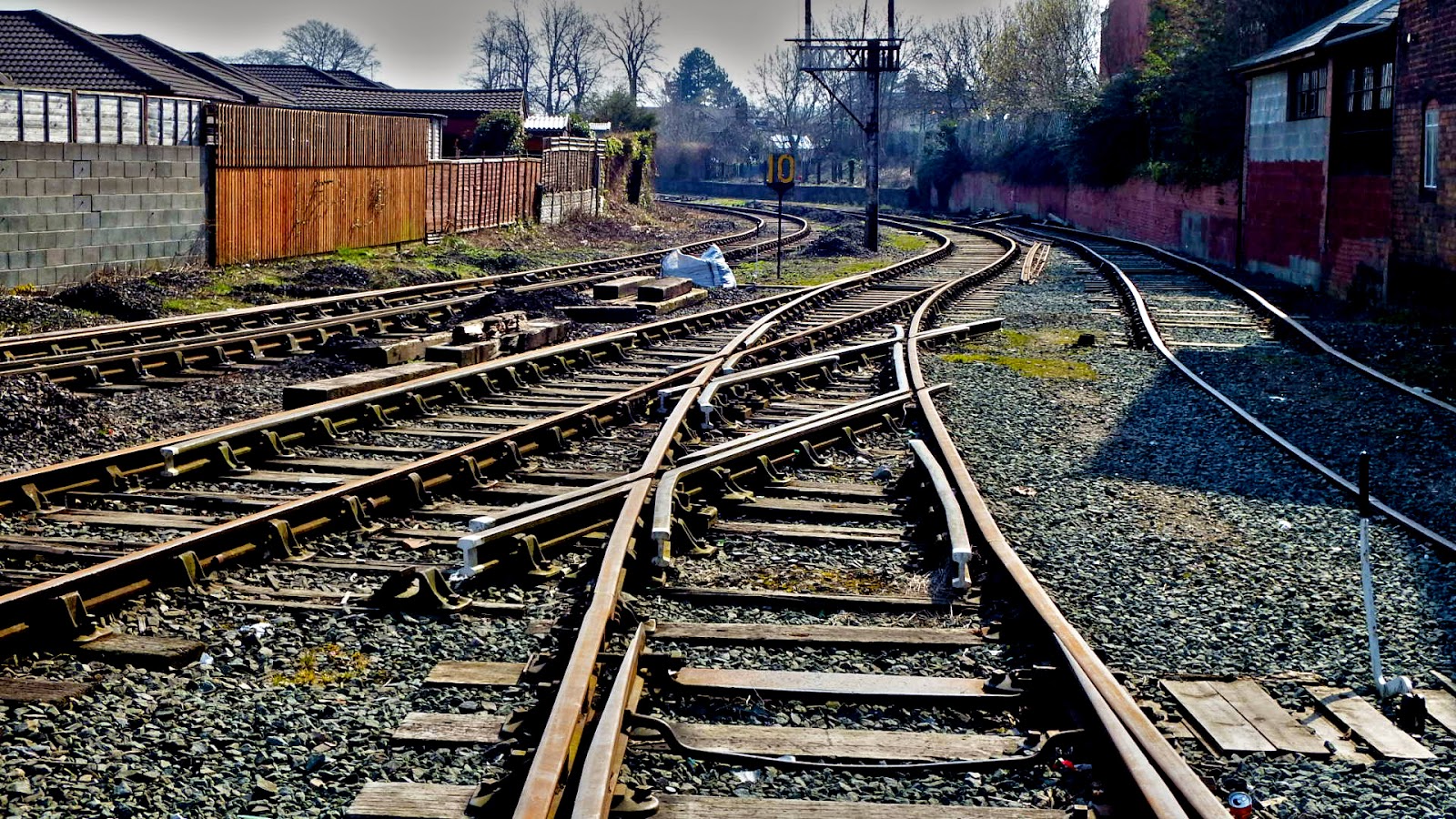Following the research of Stephen Gill, I decided to use his technique of using a polaroid to capture photographs and further experiment with these by burying them. However the photographs didn't appear to change probably due to the amount of time they have been buried for.

The photograph shown above focuses on using light throughout in order to capture objects while giving a dark and mysterious effect. This can be seen by the the floor, ceiling and parts of the side walls appearing dark compared to the objects. When capturing the photograph I was hesitant as I didn't think there would be enough light to capture the objects, however this developed better than expect. The photograph not only capture the content within the alley way but also captures the scene within the background e.g. the buildings on the left and right, thus allowing more light within the scene. The photograph isn't high quality as it would be if taken with a digital camera, however I think this works well due to the composition as well as the highlights. The photograph also focuses on using lines and combining the composition in order to capture the scene within the background, outlining the different buildings. The colour of the photograph is subdued and the colour palette is limited, especially within the foreground due to the amount of light. However I think this suits the photograph due to the subject matter as alleys give the impression of a dark scene. The purpose of the photograph was to capture the scene within its current state although I don't feel that this aspect has been successful to due the light impacting the quality of the photograph.

The purpose of the photograph shown above was to capture the decay located on and around the door as well as capturing it's current state. This also portrays society due to the state of the door, e.g. the graffiti located on the door. The photograph didn't develop as well as expected, this is due to the light, almost overexposing the photograph, impacting the overall quality which is evidenced on the walls as the bricks can't be seen and nor can the texture. The photograph also lacks in terms of colour as colours are often repeated throughout the photograph which is mainly due to the subject matter. However due to the colour which appears on the door this provides contrast within the photograph due to the background mainly being white. The photograph lacks quality therefore this has impacted the texture and decay when capturing the scene. The intention for the photograph is there, however for this photograph to be successful the photograph needs to contain the right amount of light and the door needs to be more central as this is the main focus.

The purpose of the photograph shown above was to capture the decay and state of the wall within the scene. The colour palette for this photograph is limited as the colours are often repeated due to the subject matter and the contents found within the photograph. This provides contrast within the photograph, especially the colour of the graffiti contrasting the wall. Due to the photograph being captured within a polaroid this has impacted the light within the photograph, this is evidenced within the sky as the sky is completely white. The photograph works well in terms of capturing the detail of the scene e.g. the bricks within the wall. However the photograph didn't turn out as well as expected, the intention is there but the photograph has been captured on a slight angle and in order for this to be successful this needs to be captured correctly.

This photograph focuses on capturing the current condition of the alley way while also capturing the direction by considering the composition. The quality of the photograph isn't particularly great therefore this lacks in detail especially when trying to show decay located on the bricks within this alley way. However even though this lacks in terms of capturing the decay it is successful in terms of capturing the direction/shape of the alley way. This is due to the composition as it was captured more on the left side rather than central or on the right side as this allows me to capture the indent of the wall. The photograph also isn't completely focused as the background is out of focus, resulting in the background being blurred whereas the foreground is slightly more focussed. The colour palette is restricted due to the subject matter and the limited elements therefore the naturalistic colours are repeated throughout.

The purpose of this photograph was to capture the decay of the wall close up as the previous photograph struggled to show this due to the quality of the polaroids. The quality of this photograph isn't as good as it would be if it was captured digitally, however it is enough to identify the different decay aspects. The photograph displays the texture of the brick wall which shows sharp and rigid edges as parts of the bricks located at the top appeared to be have worn away. The colour palette is also very restricted due to the content within the photograph as this only contain a brick wall and a pipe, therefore the naturalistic colours of the bricks are repeated throughout the photograph. The colour of the pipe also contrasts the colour of the bricks, allowing it to stand out in between the bricks.




























